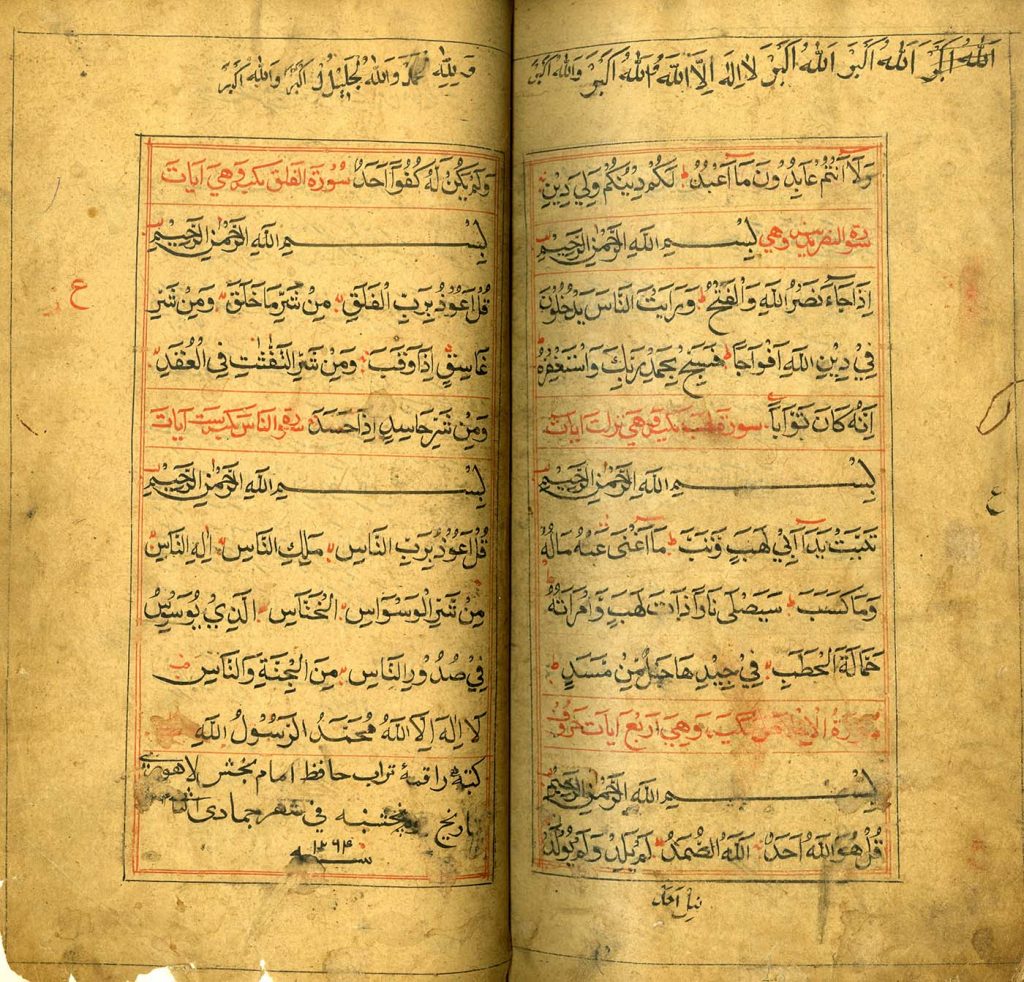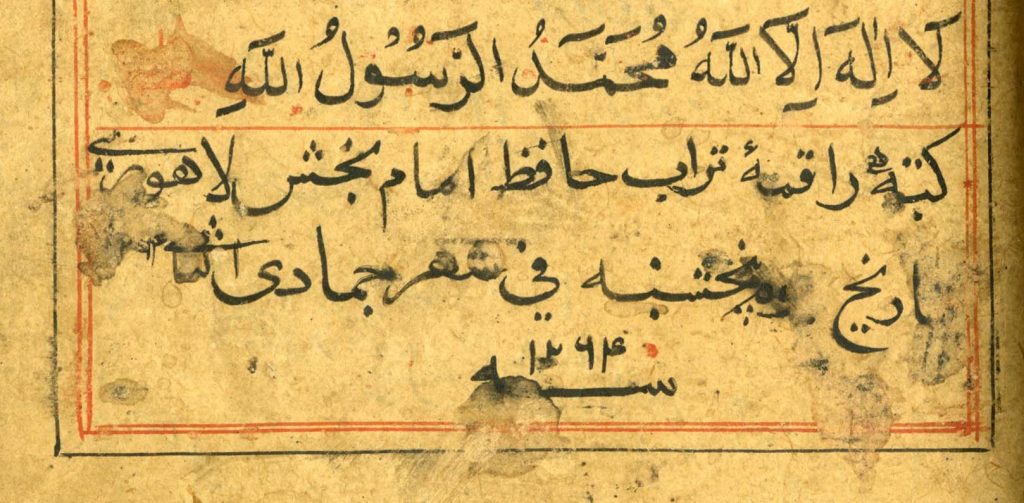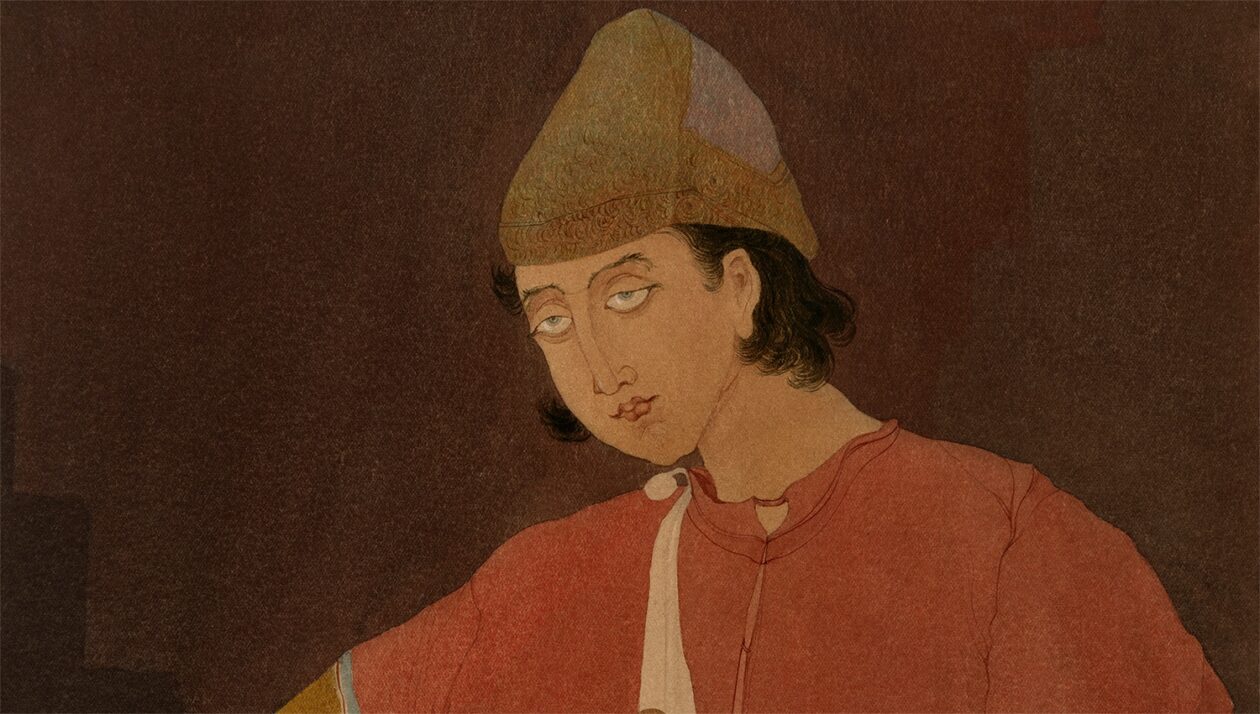THE LONG LOST NEGLECT OF LAHORE BY WESTERN CIRCLES.
BEING OVERCOME BY NEW EMPHASIS ON LAHORE ARTISTS

There was a resentment in the Chughtai family as to the neglect of Lahore in international writing as a cultural city of vast importance. A new wave started with our renewed efforts to put Lahore on the map of international scholarship. Our first few years were devoted to inviting international scholars to Chughtai Museum in Lahore. It was preceded by gigantic works of the artist M.A. Rahman Chughtai, reminding the contribution of Lahore to culture itself. The hit mark was that Chughtai wrote Lahore with his name all the time, in the tradition of his ancestors, like Ustad Ahmad Lahori.
I met Milo C. Beach at the Arthur Sackler Gallery in Washington DC and he told me that I was right and this neglect can no longer go on, for fresh manuscripts were being studied, many with the provenance of Lahore itself. Later he called here at the museum too. Of course we liked his enthusiasm.
A French scholar started raving about Imam Baksh Lahori. We had already put Imam Baksh Lahore on the art map by publishing the book LAHORE KE DABISTAN MUSSAWARI. The Indian scholar from Patiala picked up the cue and wrote a book on PUNJAB PAINTING and used some of the works in our collection, including the one by IMAM BAKSH LAHORI. The rest is history. Our book generated a couple of books on the neglected topic of paintings from the Punjab. Many PHDs too. Our own book is not yet published in English language.

We now add the name of Imam Baksh Lahore as a calligrapher of the Holy Quran. Written in 1264 AH (1847 AD), a simple Quran, nothing gold in it but plain colour at places. But very much historical. British formally took over Lahore in 1849 AD, while Ranjit Singh embraced his end in 1839 AD. Most of the works of Imam Baksh belong to the Sikh period. People are welcome to pursue its research with our blessings. For us Lahore is the Art haven of the world.

Not one artist in Lahore in its history, hundreds if not thousands. Art was not merely a living but a genetic compassion for asthetics. Chughtai excelled it all. The rest is history.